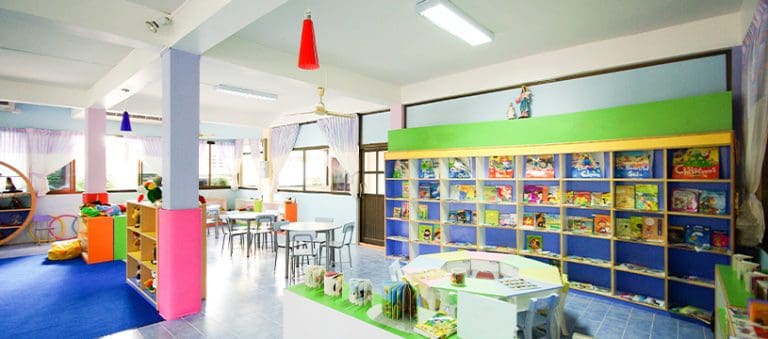Redesigning classroom space, purchasing comfortable furniture, and giving students more freedom to choose where they will learn are popular trends. Educators hope to create more inviting learning environments and reduce student anxiety and stress while learning. The objectives are laudable, but these types of changes in classroom setup by themselves will likely fall short of generating better learning outcomes. In some cases, they have also been shown to make learning more difficult for students who need more structure and routine to support their learning.
In fact, there is little evidence that changing seating arrangements and replacing furniture will change learning outcomes in any significant and sustainable way. This is not to say that structure and space are not important. They can be, but only if they are aligned to and support experiences and processes that have greater power to influence learning outcomes.
The truth is that we cannot change learning outcomes unless we change learning experiences. Learning experiences include how students engage with content, are introduced to new skills, and the role students play in the learning process. When students experience learning that is focused on their needs, are supported to build learning independence and agency, and feel a sense of belonging to and shared responsibility in a learning community, a flexible learning environment can supplement their learning experience. On the other hand, if students continue to experience a traditional, standardized, instruction-driven learning environment, flexibility in structure and space will likely have little positive impact. In fact, students who feel little ownership for their learning environment are more likely to misuse and abuse the freedom and responsibility they are offered.
So, how should we think about the role of structure and space if our goal is to maximize learning outcomes? First, we need to be clear about the learning experiences we want our students to have. Do we want them to experience greater ownership and take more responsibility for their learning? Do we want students to develop greater independence? If so, we need to design learning experiences that lead to these outcomes. Giving students choice and voice, having students set goals for their learning, supporting students to participate in learning assessment activities, and building community are great places to start.
Second, we need to determine the optimal context for instructional strategies and learning experiences to flourish. Sitting in desks that are arranged in straight rows facing the teacher can work against efforts to collaborate, develop community, and take ownership for learning. Conversely, if learning is expected to be driven primarily by structured presentations and teacher led activities, desks in rows facing the front might be an appropriate arrangement.
Third, we need to consider how the space will be used. Will students have a variety of choices in where to sit and how to learn? If so, the space and furniture should reflect the learning design, with multiple seating options, varying table heights, etc. Of course, the process of developing responsibility and independence in learning may require instruction, coaching, feedback, and guidance so that students take appropriate advantage of the spaces designed to support their learning experiences.
The bottom line is that designing space and deciding what furniture to purchase is not the best place to begin. A better starting point is to ask what learning experiences we want students to have and what learning outcomes we want to pursue. Further, we need to be clear about how the approach we choose will lead to the learning outcomes we seek. Once these decisions are made, we can ask what furniture and how more flexible space will support the learning environment we want to create.
A final thought: The purchase of a full complement of classroom furniture to create flexible space may not always be necessary. Often, pieces of existing furniture can be repurposed. Three-shelf bookcases can double as high-top workspaces. No longer used choir risers can serve as small group seminar spaces. Even a corner of the room, when separated by a visual barrier, can become a “reading cave,” or “reflection zone.” Use your imagination and scour the school storeroom. You may be surprised by what you discover.



